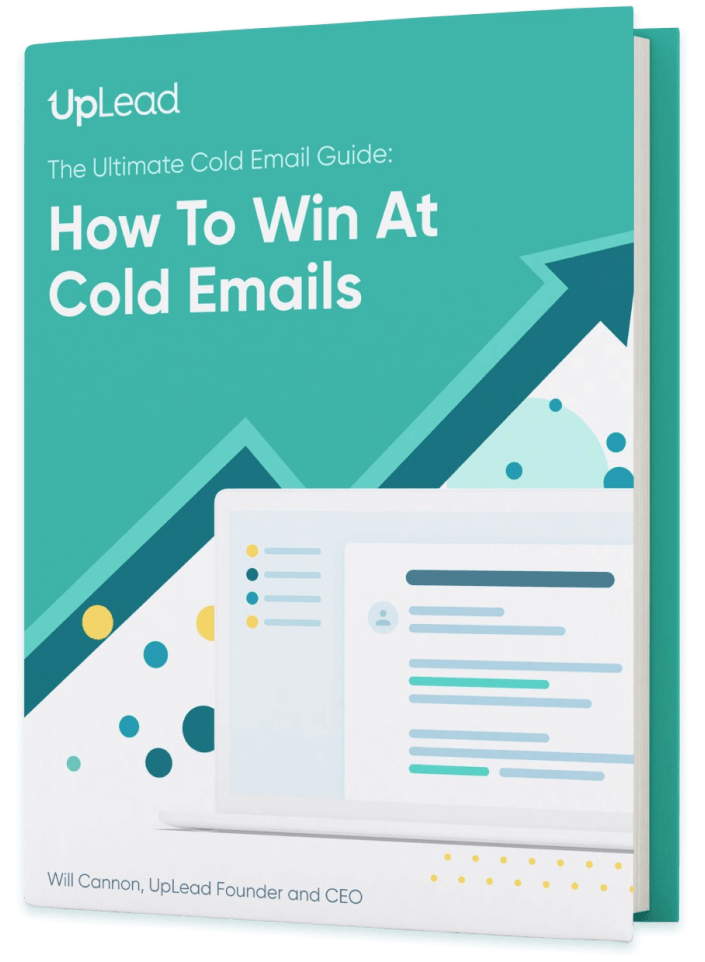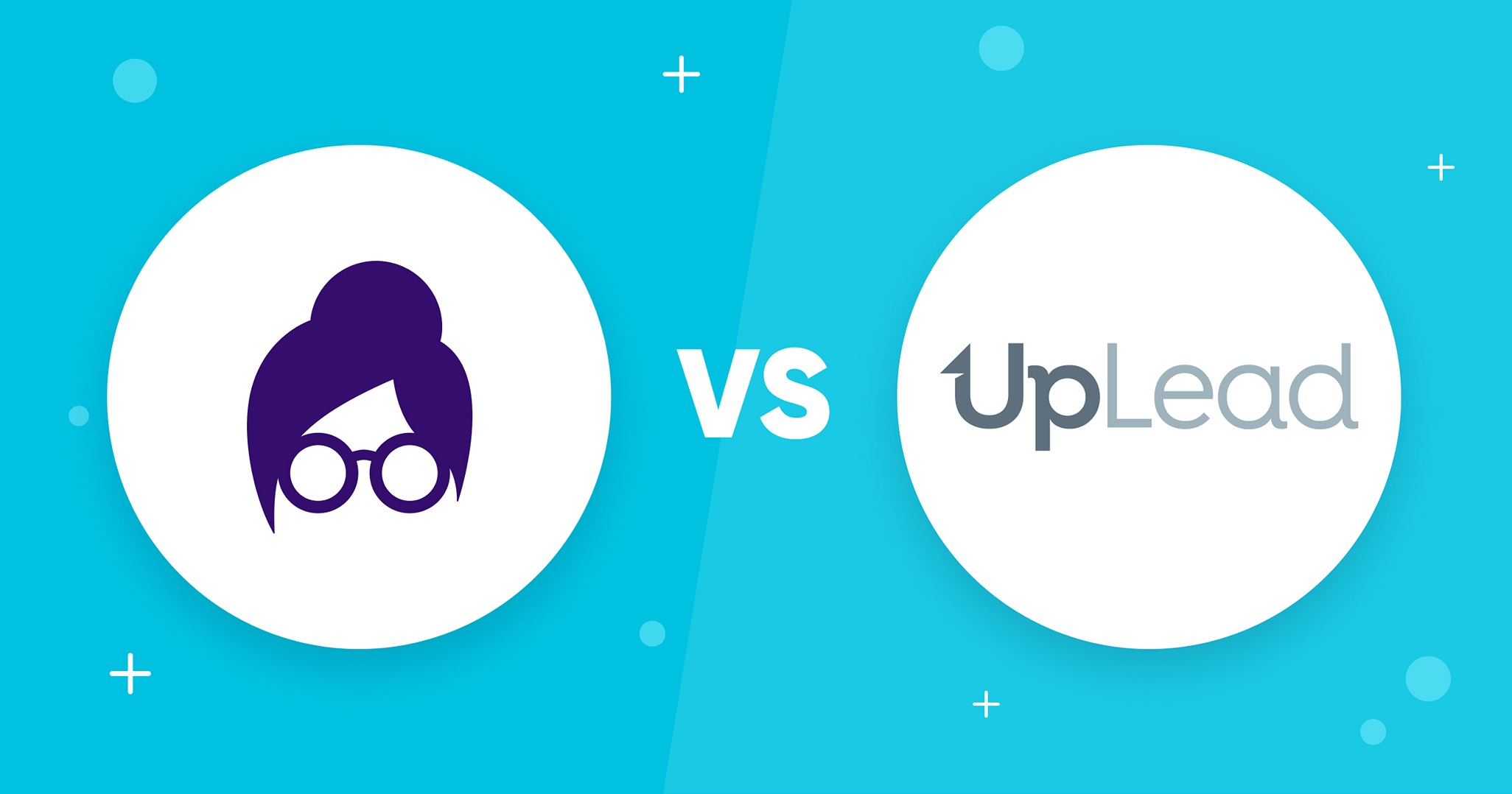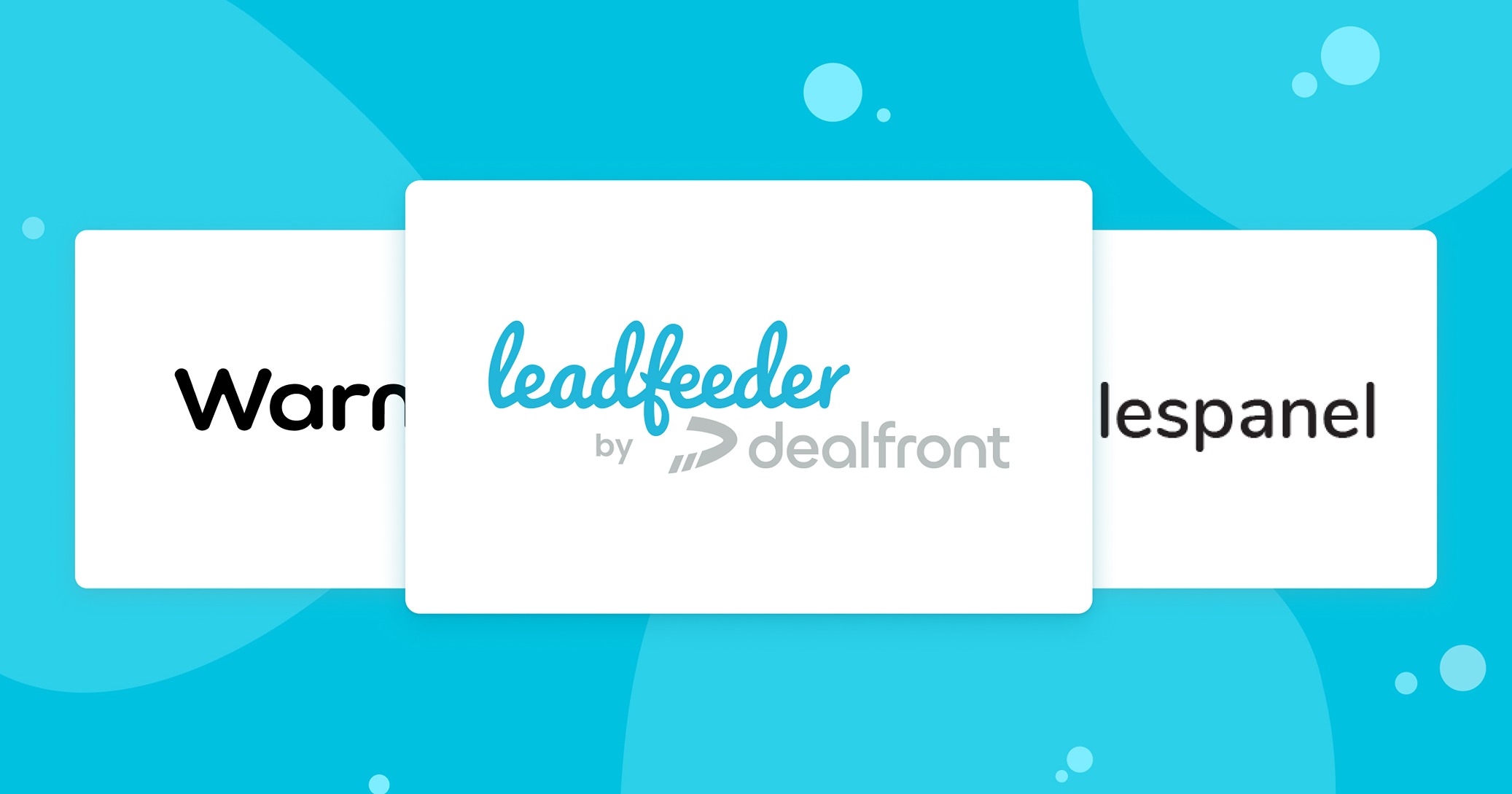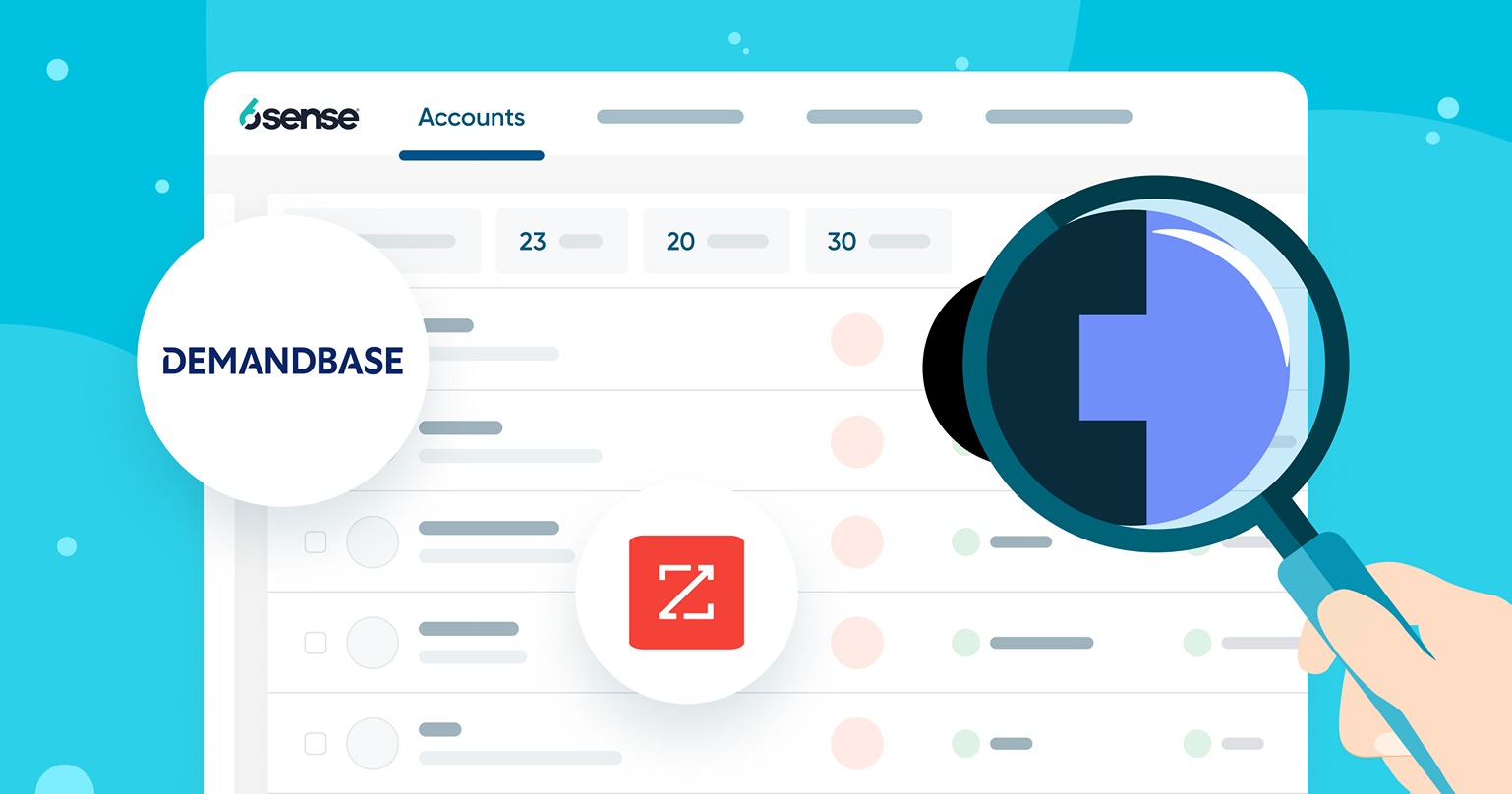Lead generation is one of a business’s most significant and challenging processes. Whether you have a B2B or B2C company, gathering leads directly translates to your future growth. And to increase your customer base, you’ll have to invest in different strategies to get the results you need. One of them is the process of outbound sales.
What Is Outbound Sales?
Most strategies available for businesses to generate leads focus on the long-term impact of investing in them. But what if you need results and need them fast? This is where outbound sales come in. It’s simply the process in which outbound sales representatives send cold emails or social messages to leads, place cold calls to prospects, or get the attention of customers who have already shown some interest. The strategy is suited to both B2B and B2C companies since all you need is a list of prospects to whom you can reach out.
(Learn more about the best sales prospecting techniques you can use for outbound sales.)

I agree to receive emails from UpLead, and can unsubscribe at any time.
Importance of Outbound Sales
This strategy not only yields brilliant results for when you need to grow your business fast – it offers a host of other benefits:
1. Budget-Friendly
Rather than sending agents from one place to another (and incurring those costs), you can make great connections by placing skilled outbound sales reps in one office. Sending emails, reaching out on LinkedIn or maintaining a call center isn’t costly. Additionally, you can also hire help from other professionals who provide these services in a cost-effective manner on platforms such as Growth Collective, Upwork or Freelancer.com.

2. Control
Instead of waiting for the customer or client to get in touch with you, you control the contact. Outbound sales call is done on a consistent basis and can be done until you reach your desired goals. To generate more revenue for your business, you must reach out to more people.
3. Qualified Leads
Knowing whether a prospect is suitable for your business is simplified through outbound sales calls, as the leads generated through this process can be trusted. The outbound sales representative will already have checked whether your service or product is suitable and of interest to the customer. If not, the name can simply be deleted from the prospecting list so that nobody else wastes any time on the lead.
4. Analytics
A clear idea of how it is performing is extremely important for any business. This essential information is used to devise strategies and make decisions in the long run. By getting help from CRM software such as HubSpot or Pipedrive, businesses can measure the performance of their outbound sales calls. This is done by identifying and creating different Key Performance Indicators (KPIs) that can be measured through analytics.
5 Ways to Improve Sales Performance with Analytics from Qlik
How to Build Valuable Outbound Sales Strategies
Since you’ll be the one making the first contact with the customer, you must have a strategy in place.
Use these tips to determine the right outbound sales strategy for your business:
1. Set Goals and Metrics
While you may think this is the last step of the process, it’s actually the first. Before you start making calls, you must know how you are going to determine the success of the entire activity. This can only be done by first identifying what you’re hoping to achieve. Once you’ve set clear, attainable, and measurable goals, it’s time to start thinking about the KPIs. Here are some important ones:
Lead Conversion Rate
This represents the number of customers and clients you have succeeded in converting into an opportunity. Such an indicator is helpful, as it helps you see where the most potential for conversion lies and gives you a better idea about who to target.
Call to Close Ratio
This indicator gives a true number of customers or clients who you have actually succeeded in winning. It also tells you how your marketing campaign is aligned with your acquisition strategy.
Time to Close
The duration of time that each lead takes to close tells you a lot about your sales plan. If your outbound leads are taking more time to close than your inbound leads, you need to revisit your acquisition criteria.
2. Have a Clear Customer Profile
The ‘ ideal customer profile ‘ is an important component of developing an outbound sales strategy. Your outbound sales performance can automatically improve if you have the right customer in mind. When profiling your target audience, try to be as thorough as possible. Your customer profile should include their profession, industry, age bracket, income level, etc. You can add subjective elements to your customer profile as well. Characteristics like buying power and level of interest can add great value to your customer profile.

(Image Source: Fikry Destian)
3. Create an Extensive Plan
A detailed plan about how you will implement your outbound sales strategy helps your sales team in many ways. It gives them an idea about how many days they have to close or turn away the lead. Your lead generation plan should include a sequence of steps that will be followed from the time the first outbound email is generated to the time the deal is closed. If you want to learn more about this strategic topic, check out our sales process guide.
Experts suggest that outbound sales reps should be allowed to be creative and use their own judgment while following the sales cadence. The sequence of steps may start with a standard email to a potential client, followed by a cold call with a pre-defined sales pitch. To get started, you can use our powerful cold email templates. If that doesn’t yield a response, the sales team can leave a voice message and approach the customer on LinkedIn.

One of UpLead’s successful cold email templates
4. Revisit Your Lists
If your sales numbers are not increasing at the rate you initially anticipated, try revisiting your target list. Companies like UpLead provide high-quality data to sales companies that can increase their number of outbound sales. The data we provide to our clients is verified in real-time before being shared with clients.

UpLead’s List Building Feature
Five Simple But Effective Outbound Sales Tips
1. Research before contacting a prospect
Besides preparing for their sales pitch, outbound sales representatives should also research the potential client they will approach. If, for example, they work at an insurance firm, you’ll know that talking about any insurance product will be a good ice-breaker to start the conversation. Tools such as UpLead can help you to learn more about your prospects.
2. Maintain a positive vibe
Selling a product or a brand is all about keeping your customer engaged during the sales pitch. It is critical to understand that customers can disagree with your point of view and even laugh at certain product features. However, rather than being irritated you should keep your cool and come up with ideas to convince the customer that your product is perfect for them.
3. Use language and tone wisely
Telemarketers sometimes take too long to answer a customer’s question when they make outbound sales calls. Learning about product features may take time, but telemarketers need to maintain a natural tone — even when they aren’t able to answer a question. A fabricated story may turn the customer off and eventually break the lead.
4. Use your listening skills as well
One of the major factors that can cause a delay in closing a deal is when the customer’s query doesn’t get answered. The customer will hang up if the sales staff member cannot understand what is being asked for. It’s, therefore, critical to understand what a potential client is talking about before making a statement.
5. Posture and confidence
Customers can gauge the authenticity of the brand you are promoting by the confidence in your tone and body language – and it’s, therefore, key to be bold and upfront while giving your sales pitch. Hesitation can create a bad impression.
Outbound Sales vs. Inbound Sales
Although both are used for acquiring new customers for your product, there is a clear difference between inbound and outbound sales techniques. Outbound sales originate from the company towards the product or service consumer. Emails, cold calling, and even LinkedIn invitations are a form of outbound sales.

Using LinkedIn is a popular outbound sales technique
The inbound sale is a completely opposite form of selling. Using this technique, companies publish their information on websites, social media pages, and other forums to inform customers about their products or service. The customer then acts on the published information to contact the company staff to purchase the product or service.

UpLead’s blog is an inbound sales channel
Outbound Sales: Conclusion
Outbound sales are quite effective when you are launching a new product or when you want to make the best use of a newly-launched marketing campaign. Defining an ideal customer profile and generating a target audience list is one of the most vital elements of an outbound sales strategy.
Before putting an outbound sales cadence into effect, managers should consult with companies like Uplead. These companies can provide customer-specific, real-time, and verified data that will help the sales team easily meet their targets.









